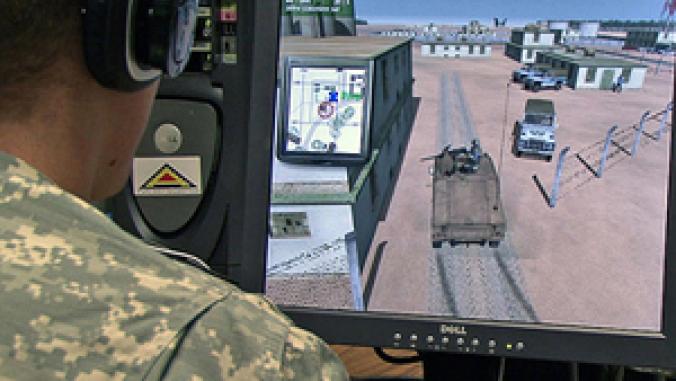Climate Earth to Shed New Light on Water's Supply Chain Impacts
<p>The San Francisco-based company said Tuesday it has added a new layer of analysis to its environmental intelligence system. Organizations can now measure water use in their operations and supply chains in order to identify mitigation opportunities and make more informed business decisions.</p>

Image CC licensed by Flickr user mtphrames
Climate Earth made its name by helping some of the country's largest companies measure and manage carbon dioxide emissions in their operations, products and supply chains.
The San Francisco-based company said Tuesday it has added a new layer of analysis to its environmental intelligence system. Organizations can now measure water use in their operations and supply chains in order to identify mitigation opportunities and make more informed business decisions.
As with carbon, the water companies use directly in their operations is just a fraction of the total water footprint associated with their products and services, explained Inez Hua, a Purdue University professor who is assisting Climate Earth with expanding its services to include water. GreenBiz.com hosted Hua and Corrine Reich-Weiser, Climate Earth vice president of research, at its downtown Oakland office last week for a sneak peek at the company's new water-related capabilities.
Yet few companies really have a handle on their own water consumption, let alone the water used in their supply chains, despite the increasing attention given to water issues in recent years. As the world warms and populations multiply, water will rise in significance as a business and environmental risk, particularly in regions already facing scarcity and quality issues.
Some companies have recognized the risks and taken steps to gain more visibility into supply chain water consumption, but few report on indirect water use. The data collection process is complex and challenging, made even more so the further they go into their supply chains.
For the analysis, Climate Earth uses a methodology called input-output life-cycle assessment (IO LCA) that draws from several databases to track the flow of money across the economy, allowing users to visualize the typical supply chain for each industrial sector. To assess a specific company's water use, Climate Earth combines its financial data with the IO LCA data to create a map of supply chain water withdrawal. In the figure below, each supply chain category is denoted with a bubble, the size of which corresponds to its water withdrawal volume.

Hot spots with the most significant impacts can then be identified to help companies prioritize their CSR, marketing and procurement efforts around mitigation, such as identifying and promoting their least water-intensive product lines, or phasing out resource-intensive products.
To illustrate its new offering, Climate Earth produced a white paper to be released today at the SD Forum in Sunnyvale, Calif. It includes two examples of how IO LCA can be used to assess the fresh water withdrawals of a typical U.S. hospital and U.S. auto manufacturer.
Climate Earth has already been pilot testing the water use feature with several companies, including Central Concrete Supply Co., Inc., a subsidiary of U.S. Concrete that has previously worked with Climate Earth to measure the greenhouse gas emissions of all ready-mixed concrete used by the company.
"In continuous support of our EF Technology, we are now expanding our sustainability strategy with Climate Earth to measure our water footprint," Central Concrete vice president and general manager Jeff Davis said in a statement Tuesday. "We believe this to be another industry first, and a key stepping stone to begin reducing our product's water footprint as well."
Image CC licensed by Flickr user mtphrames.





